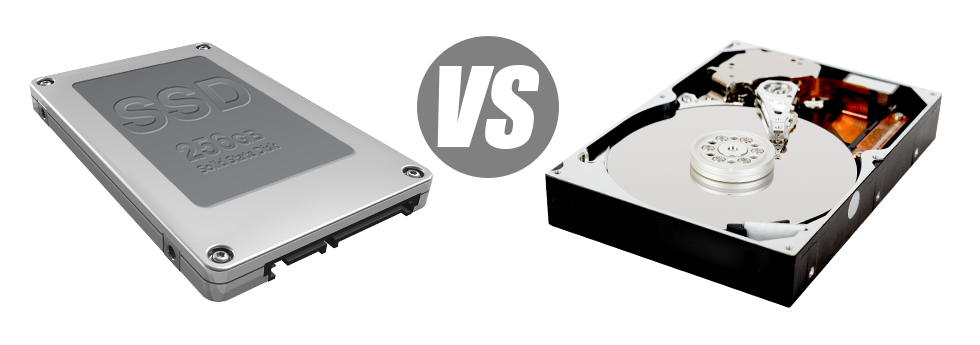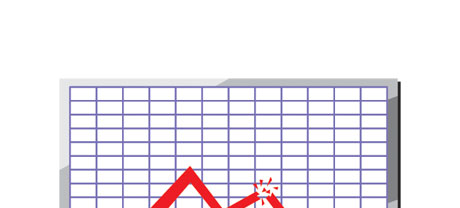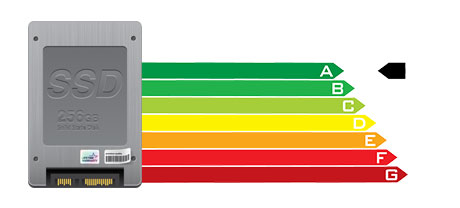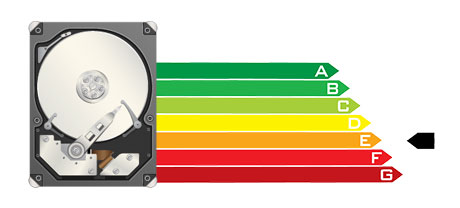Nowadays, pretty much all completely new computing devices contain SSD drives as an alternative to HDD drives. You’ll find superlatives on them everywhere in the specialized press – they are quicker and function far better and they are really the future of desktop computer and laptop computer generation.
On the other hand, how can SSDs fare in the hosting community? Are they well–performing enough to replace the verified HDDs? At Plenty-Hosting, we’ll assist you far better comprehend the distinctions between an SSD and an HDD and decide the one that is best suited for you needs.
1. Access Time
With the introduction of SSD drives, file access speeds have gone tremendous. Because of the completely new electronic interfaces found in SSD drives, the average data file access time has been reduced towards a record low of 0.1millisecond.
The concept powering HDD drives dates all the way back to 1954. And although it’s been noticeably processed throughout the years, it’s nevertheless can’t stand up to the inventive technology driving SSD drives. Utilizing today’s HDD drives, the very best data file access rate you’re able to reach varies between 5 and 8 milliseconds.
2. Random I/O Performance
Thanks to the same radical technique allowing for quicker access times, also you can enjoy greater I/O efficiency with SSD drives. They’re able to accomplish two times as many operations throughout a given time as opposed to an HDD drive.
An SSD can handle at the very least 6000 IO’s per second.
With an HDD drive, the I/O performance progressively improves the more you use the hard drive. However, just after it actually reaches a particular limit, it can’t go swifter. And because of the now–old technology, that I/O cap is a lot below what you might receive with an SSD.
HDD are only able to go so far as 400 IO’s per second.
3. Reliability
SSD drives do not have just about any moving components, meaning there’s much less machinery included. And the fewer actually moving elements you will find, the fewer the probability of failing can be.
The standard rate of failure of an SSD drive is 0.5%.
To have an HDD drive to function, it should rotate two metallic disks at a minimum of 7200 rpm, retaining them magnetically stabilized in mid–air. They have a wide range of moving parts, motors, magnets and also other devices loaded in a small location. Therefore it’s no surprise the average rate of failing of the HDD drive can vary somewhere between 2% and 5%.
4. Energy Conservation
SSDs don’t have any moving elements and require not much cooling power. They also demand very little electricity to operate – lab tests have indicated that they can be powered by a regular AA battery.
As a whole, SSDs use up between 2 and 5 watts.
HDD drives are renowned for staying noisy. They want further energy for air conditioning purposes. On a hosting server containing a multitude of HDDs running all of the time, you need a good deal of fans to keep them cool – this will make them far less energy–economical than SSD drives.
HDDs consume in between 6 and 15 watts.
5. CPU Power
SSD drives provide for a lot quicker file access speeds, that, subsequently, permit the CPU to accomplish data file calls much faster and after that to return to additional duties.
The regular I/O hold out for SSD drives is 1%.
As compared to SSDs, HDDs enable not so quick data accessibility speeds. The CPU is going to wait for the HDD to send back the requested data, saving its allocations meanwhile.
The normal I/O wait for HDD drives is approximately 7%.
6.Input/Output Request Times
In real life, SSDs operate as wonderfully as they have for the duration of our trials. We ran a complete platform back–up using one of the production web servers. During the backup process, the normal service time for I/O queries was in fact under 20 ms.
Compared to SSD drives, HDDs offer much reduced service rates for input/output calls. During a hosting server backup, the regular service time for an I/O call can vary somewhere between 400 and 500 ms.
7. Backup Rates
You can easily experience the real–world potential benefits to using SSD drives each day. By way of example, with a server built with SSD drives, a full data backup is going to take simply 6 hours.
Alternatively, with a hosting server with HDD drives, a comparable back up will take three or four times as long to finish. A complete backup of any HDD–powered server often takes 20 to 24 hours.
Our Linux VPS web hosting and our regular Linux cloud hosting accounts include SSD drives by default. Join our Plenty-Hosting family, to check out the way we just might help you enhance your site.
Hepsia
- Live Demo
Service guarantees
- Subscribe today. There are no configuration charges and you’ll have full SSH/full root access to the server. 99.9% network availability is warranted.
Compare our prices
- Find out more about our pricing and select the right Virtual Private Server for your powerful web sites. You can easily migrate to a more feature–rich VPS Web Hosting plan with only a click.
- Compare our hosting plans
Contact Us
- We are online for you night and day to answer any inquiries with regards to our VPS Web Hosting services. 60–min reply time frame guarantee.















